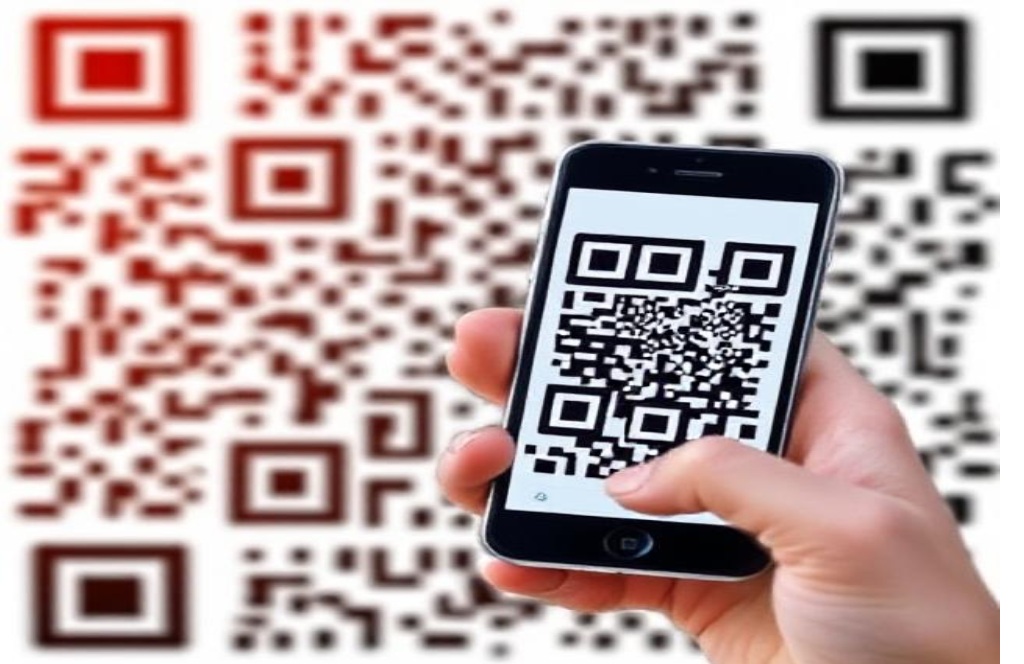In today’s rapidly evolving payments industry, EMV certification is a crucial step for any organization developing or deploying POS terminals, ATMs, SoftPOS applications, payment Soundboxes or other card acceptance devices. With global payment ecosystems increasingly dependent on chip-enabled and contactless transactions, certification ensures that devices meet strict security and interoperability standards mandated by EMVCo and global card schemes such as Visa, Mastercard, RuPay, UnionPay, Discover, and American Express.
Achieving EMV certification requires far more than just a functioning terminal it involves a complex and rigorous testing process using specialized tools, test environments, and compliance frameworks. From test cards and simulators to probes, reference antennas, oscilloscopes, and host/acquirer simulators, each component plays a vital role in validating different aspects of a terminal’s performance.
EMV Certification
Before diving into the components, let us establish a baseline understanding of EMV certification.
EMV stands for Europay, Mastercard, and Visa, the three companies that originally developed the EMV standard, which has since become a global framework for secure card payments. EMV certification ensures that
- A payment terminal or device adheres to the electrical and communication requirements defined in the EMV specifications.
- The kernel and application software correctly implement EMV transaction flows, including cardholder verification, risk management, and cryptographic validation.
- The device can communicate effectively with bank hosts and card schemes, ensuring interoperability in live payment environments.
- The security architecture meets PCI DSS, PCI PTS, or PCI MPoC requirements, safeguarding sensitive cardholder data.
To achieve certification, devices must undergo multi-stage testing:
- EMV Level 1 (L1): Tests the physical, electrical, and RF interfaces for both contact and contactless card acceptance.
- EMV Level 2 (L2): Validates the EMV kernel and application logic, including CVM (Cardholder Verification Methods), transaction authorization, and risk management.
- EMV Level 3 (L3): Ensures end-to-end transaction validation with the acquiring host and card scheme networks.
Each of these levels requires specialized tools and components, which we will now explore in detail.
Components of EMV Certification & Testing
Device Under Test (DUT)
At the center of any EMV certification lies the Device Under Test (DUT). This is the terminal, ATM, SoftPOS, or payment-enabled device undergoing evaluation. Depending on the solution being developed, the DUT may be:
- POS Terminals: Widely used in retail environments, capable of processing chip, contactless, and magstripe transactions.
- ATMs: Banking machines where chip and contactless cards are used for cash withdrawals, deposits, and other services.
- SoftPOS Applications: Mobile-based Tap-on-Phone solutions that transform smartphones into payment acceptance devices without external hardware.
- Payment Soundboxes: Devices popular in markets like India and Southeast Asia, which confirm payments via voice prompts and may also support QR or NFC payments.
- Wearables & IoT Payment Devices: New-age devices such as smartwatches or embedded IoT modules that accept EMV transactions.
The DUT is tested for:
- Hardware compliance (e.g., RF antenna strength, chip card reader performance).
- Kernel logic validation (correct CVM selection, transaction flow).
- Transaction communication (interaction with acquiring host, ISO 8583 messaging).
- Security compliance (PIN entry, encryption, secure storage).
Without the DUT as the central focus, the other testing components exist only as supporting tools to validate its performance.
Test Cards
One of the most important components in EMV testing is the test card set. These cards are specifically designed for certification purposes and provided by EMVCo or individual payment schemes.
Types of test cards include:
- Contact Test Cards: Used to check compliance with ISO 7816 contact interface specifications, including power-up, ATR, and APDU communication.
- Contactless Test Cards: Used for ISO 14443 and EMVCo contactless compliance, ensuring tap detection, RF communication, and timing alignment.
- Positive Test Cards: Represent valid, real-world transaction flows such as approved payments, correct PIN entry, or successful offline authentication.
- Negative Test Cards: Intentionally corrupted cards to simulate scenarios like:
- Expired or blocked cards.
- Incorrect Application Identifiers (AID).
- Invalid cryptograms or certificate chains.
- Transactions with insufficient funds.
By testing both positive and negative cases, manufacturers ensure that their terminals not only work correctly under normal conditions but also handle errors gracefully without compromising security.
Probes & Reference Antennas (RF & Contactless Testing)
For contactless payments, radio frequency (RF) compliance is critical. Devices must operate within strict electromagnetic parameters defined by EMVCo.
- Probes are used to measure RF signal strength, modulation index, waveform integrity, and antenna performance.
- Reference Antennas (PICC/PCD) are calibrated devices that verify whether the DUT can communicate reliably with a wide range of cards, smartphones, and wearables across different orientations.
These components help identify:
- Weak RF fields that cause failed taps.
- Overpowered fields that interfere with nearby devices.
- Misalignment or timing errors that disrupt communication.
Without probes and reference antennas, it would be impossible to achieve consistent contactless performance across millions of devices in real-world deployments.
Card Simulators & Test Scripts
As EMV specifications grow increasingly complex, manual testing with physical cards is no longer sufficient. This is where card simulators and automated test scripts come into play.
- Card Simulators: Software or hardware tools that emulate hundreds of card profiles (Visa, Mastercard, RuPay, UnionPay, etc.) without requiring physical cards. This allows faster, repeatable, and cost-effective testing.
- Test Scripts: Predefined workflows that automate test execution for kernel functions such as:
- Application Selection.
- Cardholder Verification Method (CVM) logic.
- Terminal Risk Management.
- Cryptographic validation of ARQC, TC, AAC.
- Online/offline transaction authorization.
Automated testing reduces human error, accelerates certification cycles, and ensures consistent coverage of all functional cases.
Host & Acquirer Simulators
While Level 1 and Level 2 testing focus on device-side compliance, Level 3 certification validates the entire transaction chain from card to acquirer.
- Host/Acquirer Simulators mimic the response of a bank or payment switch during authorization requests.
- These simulators allow controlled validation of:
- Approvals for valid transactions.
- Declines for incorrect PINs, blocked cards, or insufficient funds.
- Reversals during network failures or power interruptions.
- Scheme-specific host tools exist for Visa (VCPS/ADVT), Mastercard (M-TIP), RuPay, and others.
This ensures that once deployed in the field, the DUT can handle real-world transaction scenarios seamlessly.
Oscilloscopes, Analyzers & Monitoring Tools
Transactions are not only validated at a surface level but also analysed deeply at the signal and data exchange level.
- Oscilloscopes capture waveforms to measure voltage, rise time, and noise during card-terminal communication.
- Protocol Analyzers decode APDU commands and responses, ensuring compliance with EMV specifications.
- Log & Trace Tools provide full transaction visibility, including cryptographic validation and authorization decisions.
These tools are critical for debugging failures and ensuring certification success in lab conditions.
Security & Compliance Tools (PCI + EMV)
Since payment devices handle sensitive data, EMV certification often overlaps with PCI security compliance.
- PCI PTS (PIN Transaction Security) tools validate PIN entry, secure key management, and tamper resistance.
- PCI MPoC (for SoftPOS) validates mobile-based Tap-on-Phone solutions, ensuring secure PIN-on-screen entry.
- Key Injection & HSM Tools simulate cryptographic key loading and secure transaction processing.
- Encryption & Tokenization Validators ensure that cardholder data is never exposed in clear text.
By combining EMV Software functionality with PCI compliance, devices achieve end-to-end security assurance.
The Role of Certification Labs and Vendors
While the components above describe the tools used, certification is typically carried out by accredited test labs such as FIME, UL, Riscure, or Keysight. These labs provide:
- Certified test suites.
- Scheme-approved test cards.
- Host simulators and reporting frameworks.
- Validation against EMVCo and PCI requirements.
Manufacturers often collaborate with these labs early in the development cycle to perform pre-certification testing, reducing the risk of failure during final certification.
Why Understanding Components Matters
For terminal manufacturers, OEMs, and fintech providers, understanding these components provides several benefits:
- Faster time-to-market by avoiding repeated certification cycles.
- Cost efficiency by identifying issues early with the right test tools.
- Global interoperability ensuring devices work across multiple schemes and markets.
- Regulatory compliance meeting EMV and PCI security standards.
By mastering EMV certification components, companies can build devices that are trusted, secure, and widely deployable.
The road to EMV certification is a multi-layered process involving diverse tools and testing environments. From test cards and probes to card simulators, host simulators, analyzers, and PCI compliance tools, each component plays a unique role in ensuring that payment devices are secure, reliable, and globally interoperable.
For device manufacturers, understanding these components is not just a technical necessity but a strategic advantage in launching competitive products in the global payment’s ecosystem.
By aligning development efforts with the requirements of EMV certification and leveraging the right tools, businesses can accelerate certification timelines, reduce costs, and confidently deliver devices that meet the highest standards of security and performance.









